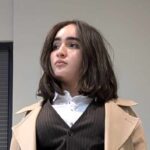Shavkat Mirziyoyev at 68: Architect of Modern Uzbekistan Marks Another Milestone
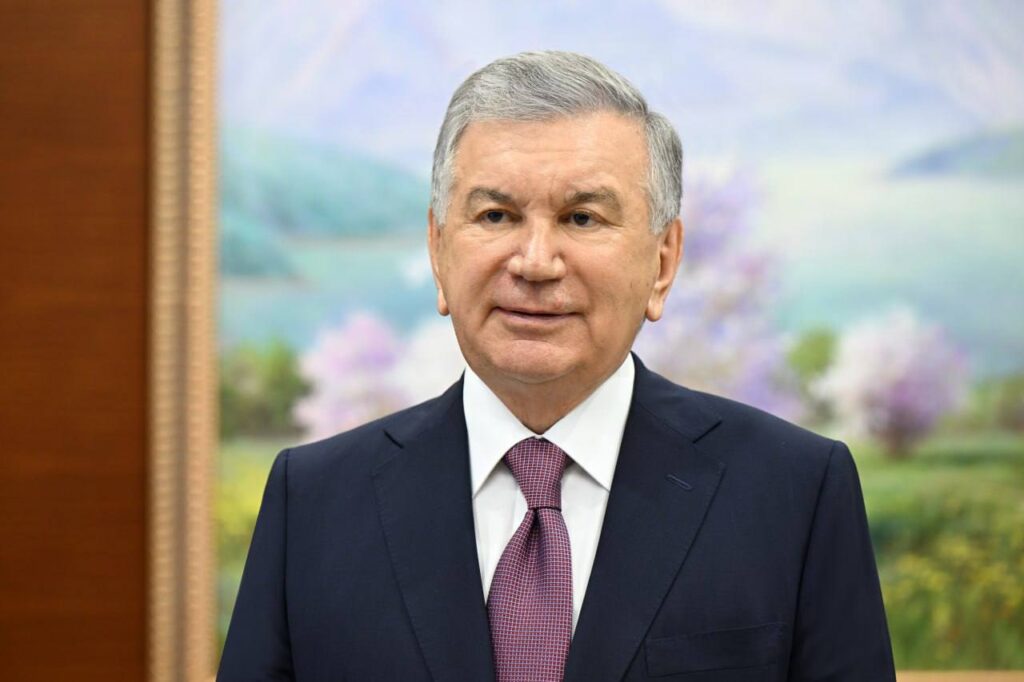
Presidet of Uzbekistan, Shavkat Mirziyoyev celebrates his birthday today. Born on July 24, 1957 in Zaamin district, Jizzakh region, Mirziyoyev graduated from the Tashkent Institute of Irrigation and Agricultural Mechanisation in 1981. He began his career as a junior researcher, later becoming a senior lecturer, associate professor and vice‑rector there.
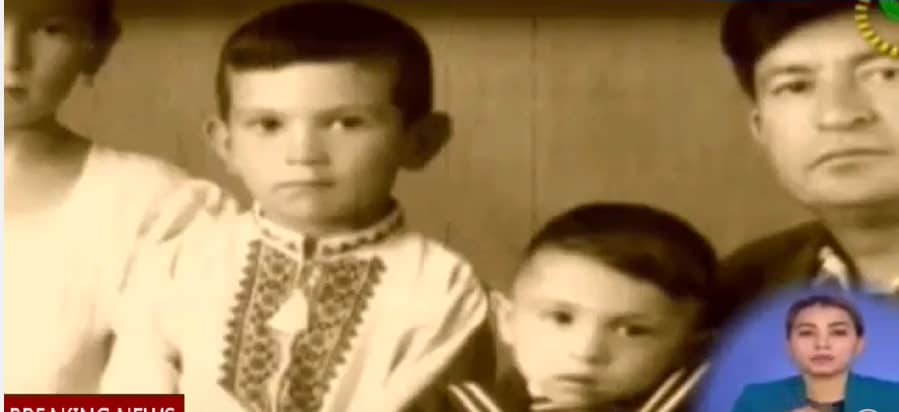
In 1990 he was elected to the Supreme Soviet, chairing its Mandate Commission. He went on to serve as khokim (administrative head) of Mirzo‑Ulugbek district in Tashkent (1992), then governor of Jizzakh (1996–2001) and Samarkand region (2001–2003), significantly boosting local socio‑economic development.
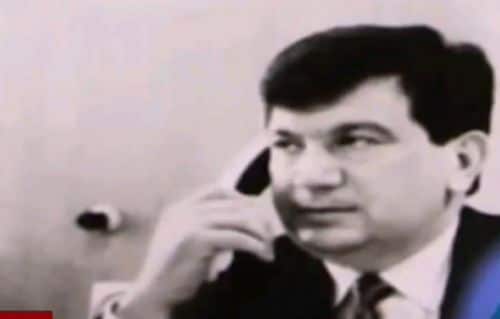
Prime Minister and Presidential Ascendancy
From 2003 Mirziyoyev was appointed Prime Minister, reaffirmed in 2005, 2010 and 2015. During this time he championed reforms in agriculture, private enterprise protection and economic modernisation.
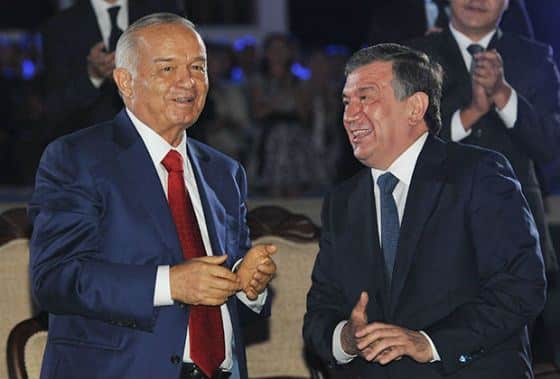
After the death of President Karimov in September 2016, Mirziyoyev became interim president on 8 September. He was elected president on December 4, 2016 with 88.6% of the vote and took office on December 14. He was re‑elected in 2021 (80.3%) and again in snap elections in 2023 (87.7%) following constitutional changes allowing extended terms.
Visionary Reforms and Governance
Economic and Market Opening
- Currency was liberalised, mandatory sale of foreign earnings scrapped and business regulation simplified.
- GDP has grown annually by around 5–6%, reaching beyond $100 bn; exports neared $25 bn and foreign investment rose sixfold, generating over 1.5 mln new jobs.
- Infrastructure projects, including the Tashkent–Samarkand high‑speed rail, Kamchiq Tunnel and Angren‑Pap railway, dramatically improved connectivity.
- Major strategic initiatives include a $1.3 bn waste‑to‑energy programme, partnerships with China and UAE in renewable energy, and the Uzbek portion of the Central Asia–South Asia broadband and power corridors.
- Issued Uzbekistan’s first eurobonds and expanded cooperation with the IMF and European development banks.
- Launched wide‑scale privatisation and positioned Uzbekistan as a regional digital and IT hub.
Social Modernisation and Civil Freedoms
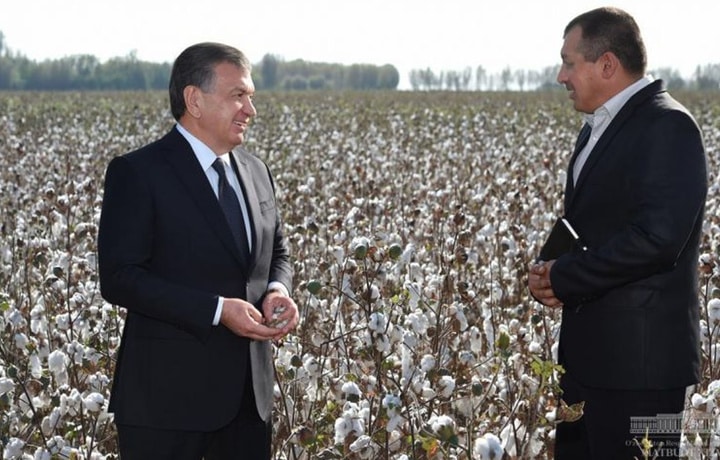
- Abolished forced and child labour in the cotton industry in 2017, which removed the boycott on Uzbek cotton.
- Closed Jaslyk prison and released a number of political prisoners.
- Ended the restrictive residence registration system (propiska) in Tashkent in 2020, allowing citizens to freely choose their place of residence and improving access to education, healthcare and employment.
- Lifted online censorship: restored access to YouTube, Facebook and previously blocked news outlets.
- Introduced constitutional reforms in 2023, banning capital punishment, reinforcing human rights and protecting media freedom. A referendum held on 30 April passed with over 90% support.
International Engagement
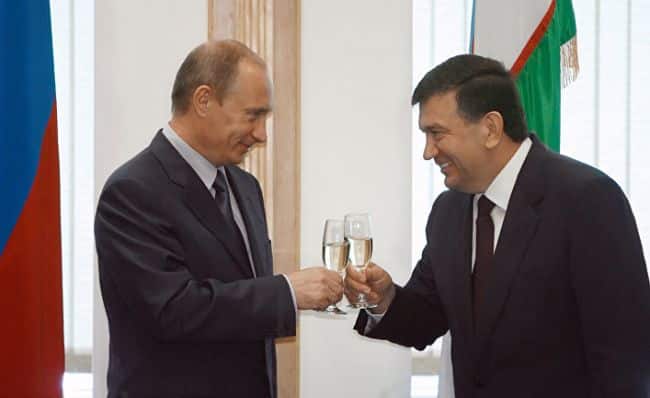
- Mirziyoyev resolved longstanding border disputes with neighbours like Kyrgyzstan, Tajikistan and Turkmenistan, restoring regional cooperation.
- Played a mediating role in Afghanistan peace efforts and prioritised cooperation with Turkey, the EU and the United States in areas such as trade, education and human rights.
- Uzbekistan emerged as a hub in regional diplomacy, hosting the first EU–Central Asia summit in Samarkand, joining green‑energy corridors and launching strategic international projects.
Governance, Inclusion and Civic Engagement
- Governance reforms increased women’s representation in government from 27% to 35%, with women holding 32% of lower‑house seats and 25% of Senate seats. More than 205,000 women entrepreneurs emerged.
- Citizen engagement tools like «virtual reception» and legal portals have processed millions of public appeals, with rising resolution rates.
- Initiatives like «Uzbekistan‑2030» aim to double GDP to $160 bn, reduce poverty and improve human capital by 2030.
President and His Family
Shavkat Mirziyoyev’s family has become increasingly prominent in both public service and business circles.
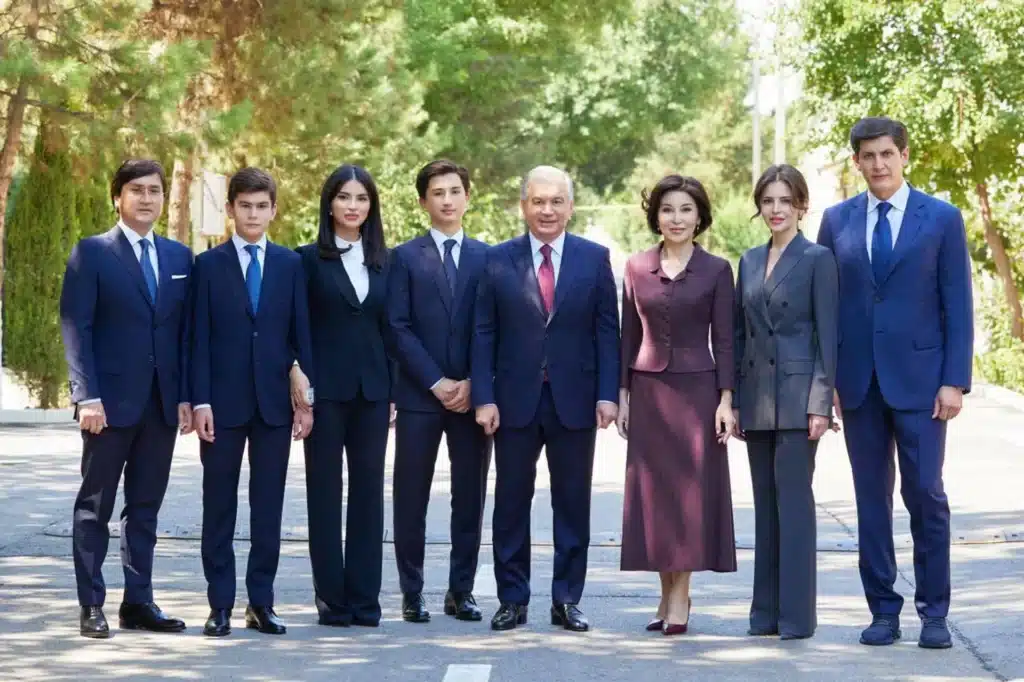
His wife, Ziroat Mirziyoyeva (née Hoshimova), was born in 1964 in Kokand into a well-connected family. She studied economics engineering at the Tashkent Institute of Irrigation and Melioration, where she met her future husband. Though her family initially opposed the relationship, they eventually approved the marriage.
Ziroat Mirziyoyeva is now the First Lady of Uzbekistan and chairs the Zamin Foundation, which supports education, healthcare, and environmental initiatives. She frequently accompanies the president on international visits and has become a visible figure in Uzbekistan’s public life.
They have three children. The eldest daughter, Saida Mirziyoyeva, born in 1984, currently heads the Presidential Administration and previously served as Assistant to the President. She is married to Oybek Tursunov, a powerful businessman and deputy chair of the same administration. Their son, Miromon Tursunov, is named after the president’s father.
The second daughter, Shakhnoza Mirziyoyeva, born in 1986, is First Deputy Director of the National Social Security Agency. She was previously involved in preschool education policy and is married to Otabek Umarov, a senior official in the State Security Service and a figure in Uzbekistan’s sports administration.
Their youngest child, Miralisher Mirziyoyev, was born in 2009 and remains largely out of the public eye due to his age.
Today and Beyond
On his 68th birthday, President Mirziyoyev is receiving warm congratulations from leaders of foreign states, governments, parliaments, international organisations, major global companies and prominent figures in public, religious and sports circles. Messages have also come in from fellow citizens across Uzbekistan and abroad.
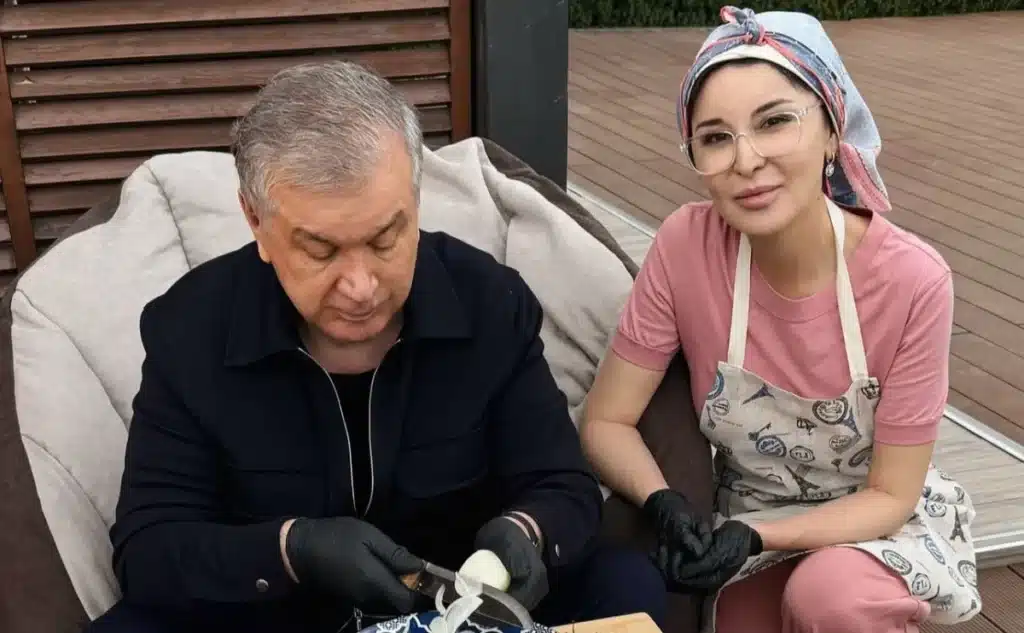
They commend the president’s leadership in implementing irreversible political reforms and socio-economic transformations aimed at improving public welfare, ensuring stability and securing sustainable development. His efforts have enhanced Uzbekistan’s global standing.
As of now, the leaders who congratulated Mirziyoyev include: Vladimir Putin and Valentina Matvienko of Russia, Xi Jinping of China, Kassym-Jomart Tokayev and Nursultan Nazarbayev of Kazakhstan, Sadyr Japarov of Kyrgyzstan, Gurbanguly Berdimuhamedov and Serdar Berdimuhamedov of Turkmenistan, Emomali Rahmon of Tajikistan, Alexander Lukashenko of Belarus, Ilham Aliyev of Azerbaijan, Ukhnaagiin Khurelsukh of Mongolia, Recep Tayyip Erdogan of Turkey, Nikol Pashinyan of Armenia, Sheikh Mansour ibn al Zayed Al Nahyan of UAE, Nurlan Yermekbayev of SCO, Alexander Vucic of Serbia, Lee Jae Myung of South Korea, Abdel Fattah el-Sisi of Egypt.
President Mirziyoyev’s 68th birthday offers a moment to reflect on his role in the transformation of Uzbekistan. From a closed, centralised state to a more open, economically dynamic nation with reforms across governance, human rights, media and foreign relations. While challenges remain, his leadership has brought about historic change and placed Uzbekistan firmly on the path of modernisation.
